- GreenFeel
- Info
- 0 comments

In our fast-paced world, paper cups have become an integral part of our daily lives. Whether you grab a cup of coffee on your way to work or sip a refreshing beverage at a price, paper cups offer convenience and sustainability. But have you ever wondered how these versatile cups are made? Join us on a captivating journey as we unveil the intricate process behind the creation of paper cups.
Step 1: Sourcing the Raw Materials
The first crucial step in paper cup production is sourcing the raw materials. Paper cups are typically made from food-grade paperboard, which is derived from sustainable sources like forests managed for responsible and renewable paper production. These paperboards are specifically designed to withstand liquid and maintain the structural integrity of the cup.
Step 2: Preparing the Paperboard
Once the raw materials are obtained, the paperboard is subjected to a series of processes to make it suitable for cup production. It undergoes cleaning, where any impurities are removed, and it is transformed into pulp. The pulp is then bleached to achieve the desired whiteness or colour.
Step 3: Creating the Cup Blanks
The prepared paperboard is then fed into a machine called a cup-forming machine. This machine cuts the paperboard into individual circles, known as "cup blanks". The cup blanks are sized according to the desired cup volume.
Step 4: Cup Forming
The cup blanks are transported to the cup-forming section of the machine. Here, the blanks are shaped into cups using a series of intricate folding and sealing processes. The machine applies heat and pressure to ensure the cups are formed correctly and securely bonded.
Important notice: Traditional paper cups often contain a polyethene (PE) lining to ensure they are leak-proof. However, if you're curious about the differences between traditional paper cups and more eco-conscious alternatives, read our article where we compare them all here.
Step 5: PE Coating
To make the cups leak-proof and suitable for holding hot and cold beverages, a thin layer of polyethene (PE) coating is applied to the cup's interior surface. The PE coating acts as a barrier, preventing the liquid from seeping through the paperboard. This coating process is carefully regulated to ensure the cups meet strict food safety standards.
Step 6: Printing and Design
At this stage, the cups can be printed with attractive designs, logos, or branding elements. The printing process involves flexographic or offset printing techniques, allowing for high-quality and vibrant designs. The cups can be customized according to the specific requirements of the customers or brands.
Step 7: Cutting and Rim Rolling
Once the cups are printed and dried, they go through the cutting process, where excess paperboard is trimmed, giving the cups their final shape and size. The rims of the cups are then rolled to provide a smooth and comfortable drinking experience.
Step 8: Quality Control and Packaging
Before the cups are ready to be shipped, they undergo rigorous quality control checks. Inspections are conducted to ensure that the cups meet all the necessary standards and specifications. Once approved, the cups are stacked, bundled, and packed into boxes for transportation and distribution.
Conclusion:
From humble raw materials to the fascinating production process, our paper cups go through multiple stages to become the convenience cups we rely on every day. The journey involves careful sourcing, preparation, forming, coating, printing, and quality control. Understanding how paper cups are made helps us appreciate the intricacies and craftsmanship that go into their production. So, the next time you hold a paper cup in your hands, take a moment to reflect on the remarkable process that brings them to life.

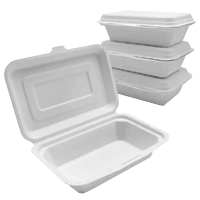
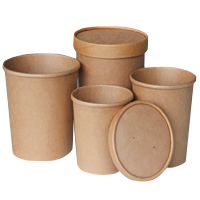










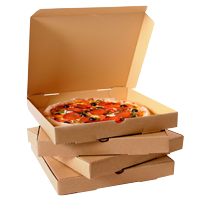
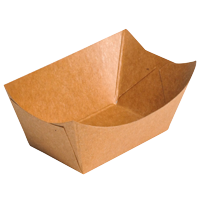
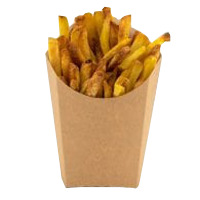
































Comments (0)